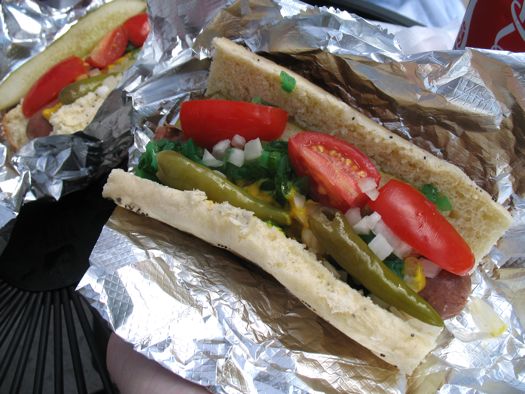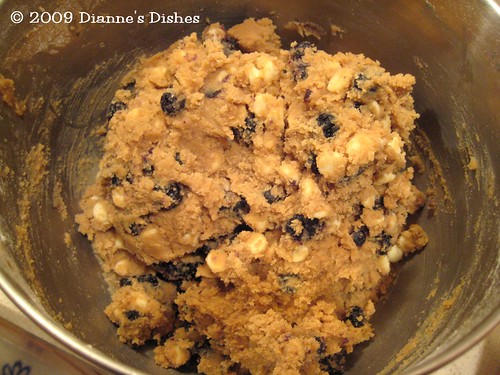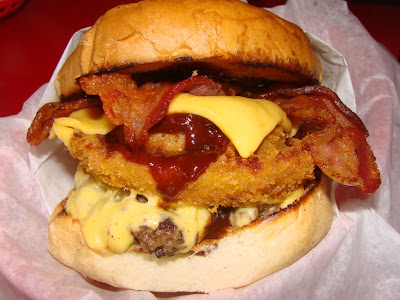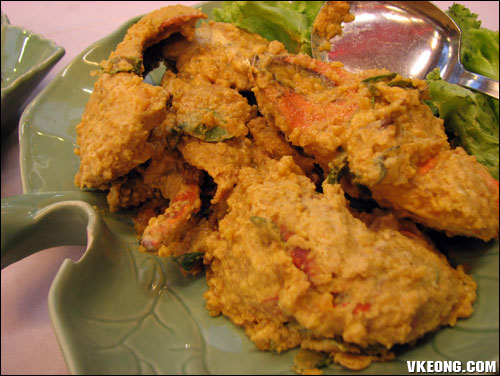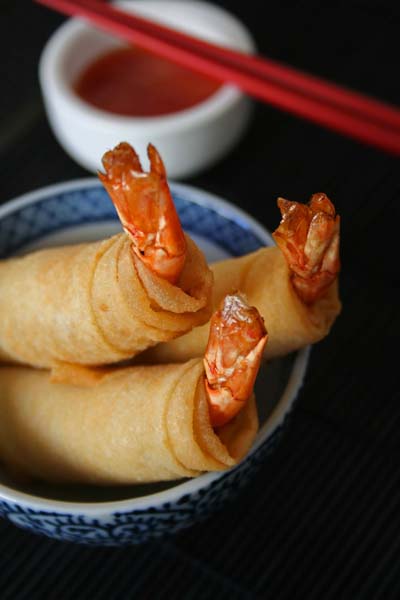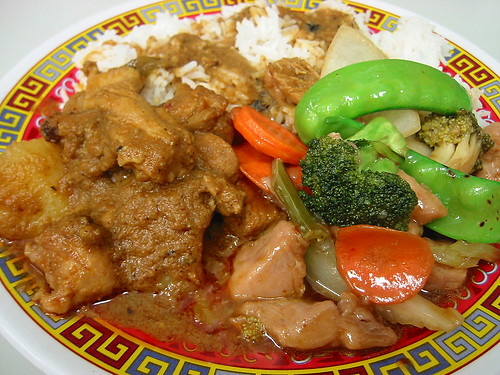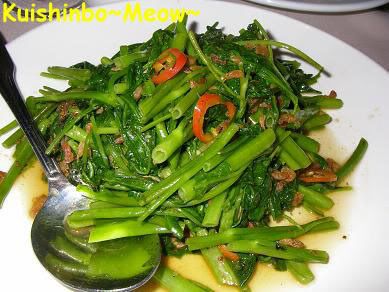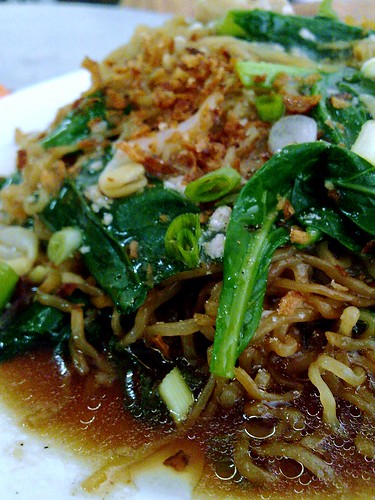 What if there was a way to get yourself out of the job that you have grown to hate, but hang in there for the sake of a paycheck. Most thoughts entering your mind are about owning a business that makes lots of money and you would not need to think about your current job ever again.
What if there was a way to get yourself out of the job that you have grown to hate, but hang in there for the sake of a paycheck. Most thoughts entering your mind are about owning a business that makes lots of money and you would not need to think about your current job ever again.
Really think about this for a moment, the Hot Dog Cart Business has been around for over 100 years, and in the USA there are over 20 billion hot dogs eaten every year and over 10% of those hot dogs are sold from Hot Dog Carts which means this business is huge.
As you know owning a business like this and taking a piece of this large pie for yourself will no doubt be the end of your financial problems, but will also get you out of that job you hate, so let me tell you about some of the perks that come with the Hot Dog Cart Business.
* Work when you please
* Portability (move your cart to any location you desire)
* Scale ability (means you can grow as big as you want)
* This business is very easy to sell
* Low stress
* 100% recession proof
* Very fast start up (about 2 weeks or less)
* Start up costs are only what you can afford
* No education or experience to run this business
* Hot dogs are always in demand
* Very high paying
 Have you ever seen any other business that can boast the above mentioned benefits, where they need months and sometime years to be in profit, and many times there is back breaking work which they have to do as long as they own that business.
Have you ever seen any other business that can boast the above mentioned benefits, where they need months and sometime years to be in profit, and many times there is back breaking work which they have to do as long as they own that business.
Time tested methods to starting this business and avoiding costly mistakes which might cause you to give up before you have given it a chance, and stay the course is in a list below, these are easy to understand, but very necessary for you to know.
* How to properly fill out permits
* Best places to buy a cart (new or used in your price range)
* Where to buy your supplies
* How to find locations in any type of weather
* How to get a community kitchen absolutely free
* How to properly cook your product
* How to get free rent
* Plus get tips on body language (comes in so handy)
